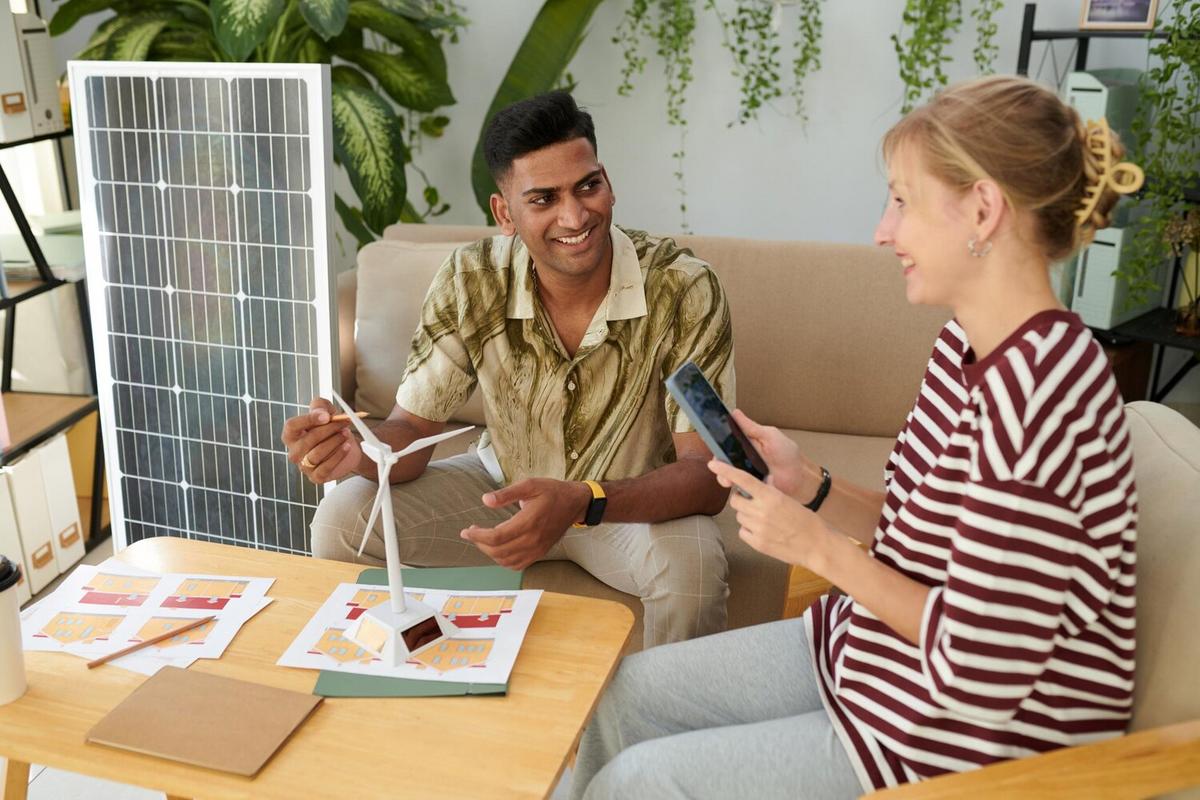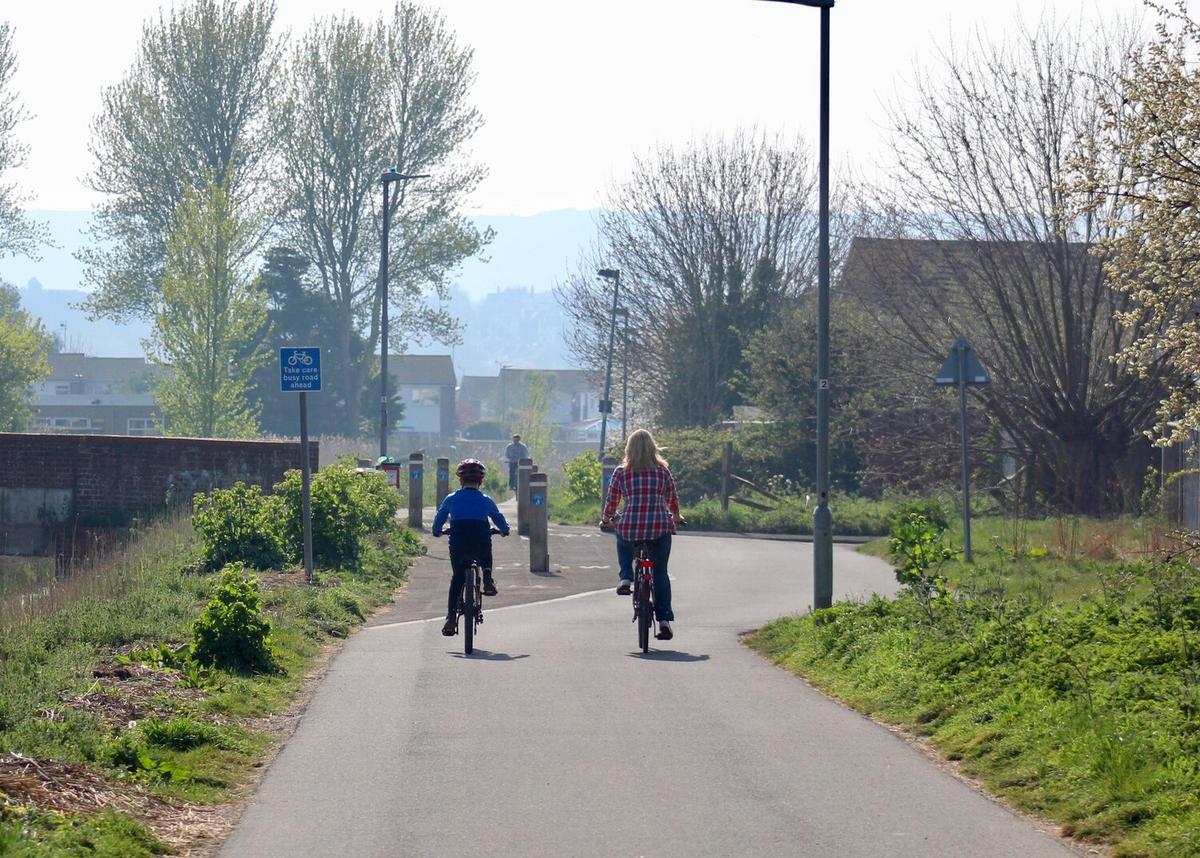
Community Solar Projects: Empowering Local Energy Sustainability
Harnessing the power of the sun has never been more accessible, thanks to the rise of community solar projects. These initiatives offer a sustainable and collaborative approach to energy generation, bringing local communities together in the pursuit of renewable energy solutions.
Community solar projects are gaining traction as an innovative solution to increase access to renewable energy. Unlike individual solar panel installations, these projects allow multiple stakeholders to invest in a shared solar energy system. This democratizes access to solar power, making it available to those who may not have the resources or rooftop space to install their own panels.
Understanding Community Solar Projects
At their core, community solar projects involve a shared solar array, which can be located on a large piece of land or atop a public building. Participants purchase or lease a portion of the array’s energy output, effectively reducing their electricity bills and carbon footprint. According to the U.S. Department of Energy, community solar projects have expanded rapidly and are expected to grow significantly in the coming years.
The Benefits of Community Solar
- Accessibility: Community solar opens the door for renters, low-income households, and those with shaded roofs to benefit from solar energy.
- Cost-Effective: By sharing the costs of installation and maintenance, participants often experience lower costs than traditional individual solar systems.
- Environmental Impact: Transitioning to solar power reduces reliance on fossil fuels, contributing to a cleaner environment.
Expert Insights
Renewable energy consultant Mark Thompson emphasizes, “Community solar projects are pivotal in driving local energy independence and resilience. They foster community engagement and provide a scalable model for sustainable development.” His insights underscore the potential for these projects to transform how communities interact with energy.
Statistics and Research
According to a report by the Solar Energy Industries Association, the United States has over 3.4 gigawatts of installed community solar capacity, with projections indicating substantial growth over the next decade. This trend reflects the growing recognition of community solar as a viable and sustainable energy solution.
Real-Life Examples
Consider the town of Amherst, where a community solar project was launched to provide clean energy to local schools and government buildings. This initiative not only reduced energy costs but also served as an educational tool for students, illustrating the real-world impact of renewable energy.
Getting Involved in Community Solar
Interested in joining a community solar project? Here are some steps to consider:
- Research local projects and initiatives in your area.
- Evaluate the financial and environmental benefits.
- Contact project organizers for more information and enrollment details.
Choose projects with strong community support and transparent financial structures to ensure a reliable and beneficial experience.
Conclusion
Community solar projects represent a promising path toward a sustainable energy future. By participating in these initiatives, individuals can contribute to environmental conservation while enjoying the benefits of shared solar energy. As interest in renewable energy continues to grow, community solar offers a practical and inclusive solution for powering our world sustainably.
FAQs
What is a community solar project?
A community solar project is a solar power installation that provides energy to multiple stakeholders, allowing them to share in the benefits of solar energy without having to install panels individually.
How do I join a community solar project?
Research local projects, assess their benefits, and reach out to project organizers for details on how to join.
Are community solar projects cost-effective?
Yes, they often offer lower costs compared to individual solar systems by sharing expenses among participants.


